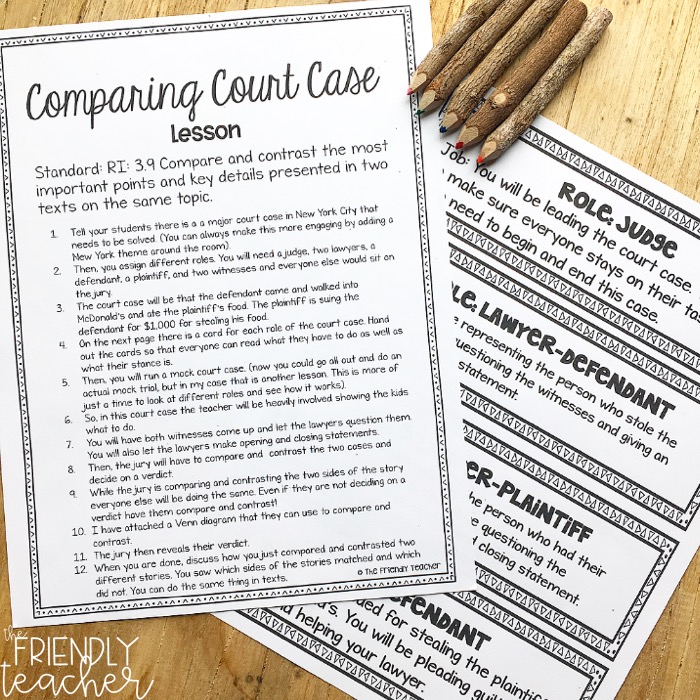
We spend so much time talking about reading skills. You hear it all the time…
Who are the characters? Make an inference about that page. What is the theme of the story? How does the moral of the story apply to your real life?
But do you know how to teach these skills to kids so they stick?
Or do you find yourself constantly explaining the skill over and over even though you have already taught it 8 times?
Well, I am here to show you how to get these skills engraved in your kiddos memories.
Whenever I am ready to introduce a new reading skill, I always focus on the terminology first. I want my kids to understand what the term means and I want them to be able to relate that term to their real life. It is very important that I provide my students with an EXPERIENCE that will help them understand the term and the skill before I ever ask them to apply it to a passage or book.
Then, once they have had a hands-on and real life experience I can start to show them how I apply that same knowledge to a text.
This experience helps them to:
- Make a connection with the skill that they will remember!
- Understand what the skill actually means.
- Gives them a memory to refer back to when they are asked about the skill again.
Reading Skill Lessons were born out of this idea that students need hands-on learning FIRST.
Here is some examples:
Inferencing
When I am teaching inferencing I set up an investigation in my classroom. The students have to solve a mystery using the clues that they find. I use caution tape and set up a fake story about how we are trying to find a student who left the school. They use the clues and their schema to solve the crime. Then, the next day when we read a story I will go back to this experience as I show them how they made inferences to solve the crime and they can also do the same in a text. Many times throughout the year you will hear me say, “Remember how you made inferences during the investigation? Can you do the same thing with this passage?”
This experience always helps them to recall what an inference is and how to make one on their own.
Grab this for FREE here!
COMPARE AND CONTRAST
When I am teaching comparing and contrasting with informational text I have the students in my class do a mock court case. All the students get a role and we teach them how a court case is run. (hello integration!)
We do a fake trail and watch how it all pans out. Then, we talk about how everyone in the trail saw things a little bit differently. We compare and contrast one argument to the other to decide who should win. We use Venn Diagrams to compare the arguments that they are seeing in real life. This then teaches us how to compare and different texts on the same topic.
POINT OF VIEW
When I am teaching point of view I start with an interview. I have the students come up with a question that they want to know peoples opinion about. For example, “What do you think is America’s biggest success?” or “Do you think kids should have cell phones?”
Then, they interview people at different age ranges. They will interview someone under 10 and someone who is over 50, plus more in between!
We take these interviews and we compare the points of view of all these people. We talk about how everyone can see things differently depending on their life experience and their opinion. I use this knowledge they gained about point of view the next day when we apply it to a text. They can now see how people in their real life have different points of view. This helps them to understand what point of view means and how people in a text would have different points of view too.
I have a lesson like this for EVERY third grade informational and nonfiction standard.















Hannah Wilde
I am so glad you’re here! I love helping 3rd-5th grade teachers by providing ideas, engaging resources, and professional development they need. I am a literacy coach who is here to help lessen the workload for teachers while making them more confident! I want students to be continually engaged in a rigorous environment!